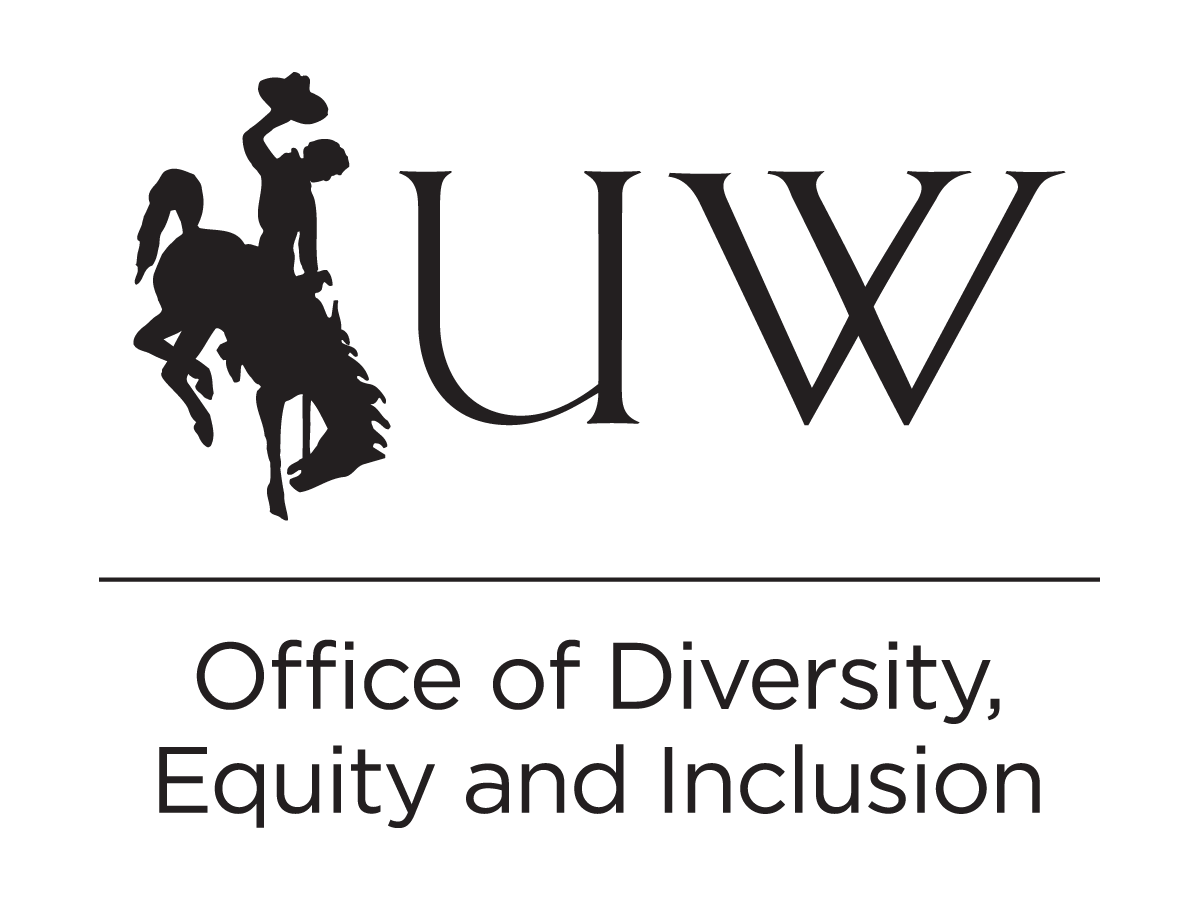A new study found Wyoming’s rate of population growth is slightly higher than the national average.
The study, “Population Growth in Wyoming: 2010–2015,” published by the Wyoming Open Spaces Initiative, goes in depth about the recent patterns of population growth and decline in Wyoming. It found from 2010 to 2015 the state growth rate was 3.9 percent compared to the national average of 3.7 percent, ranking Wyoming as 22nd nationally for growth.
Neighboring states growth rate was significantly higher, however, with North Dakota at 12.2 percent, Colorado at 7.9 percent, Utah at 7.8 percent, Idaho at 5.2 percent and South Dakota at 5.1 percent. Montana, with 4.2 percent, and Nebraska, at 3.5 percent, were more comparable to Wyoming’s population growth rate.
Authors Nicole Korfanta and David Taylor of UW’s Department of Agricultural and Applied Economics department explain changes in population growth and decline patterns in terms of the municipal, county and state levels in Wyoming using the U.S. Census Bureau population estimates.
“Population growth in Wyoming has not been evenly distributed across the state, ranging from nearly 9 percent increase for Natrona County to nearly 4 percent decrease for Sublette County between 2010 and 2015,” they reported. The counties that are the fastest growing included both energy-producing counties like Natrona and Campbell and non-energy-producing counties like Teton, Laramie, Albany and Crook. Counties that experience a net loss in population were those with older populations, like Hot Springs and Washakie, along with energy-producing counties of Sublette, Carbon and Uinta.
Between 2010 and 2015, 80 percent of Wyoming’s population growth occurred in urban areas of the state, adding 17,723 people, with 60 percent coming from the five largest cities in the state: Cheyenne, Casper, Gillette, Laramie, and Rock Springs. Slightly more than 30 percent of Wyoming residents lived in rural areas of the state in 2015.
Natural increases, or birth rate minus death rate, account 70 percent of the population growth, with 15,282 residents added. The remaining 30 percent, 6,760 added, comes from net migration to the state. These increases varied significantly by county. All six higher-growth counties (population growth rates greater than the state rate), had positive net in-migration along with positive natural increases.
“Understanding changing population patterns is a key step in understanding growth issues in Wyoming,” Taylor said in a release. “Our analysis shows that Wyoming’s population growth is happening in both rural and urban areas of the state, with much of the change being driven by energy markets.”
Wyoming’s total population was at its peak in 2015. The population has declined by nearly 6,800 individuals, or 1.2 percent of the population, from 2015 through 2017. According to the Economic Analysis Division, the annual decrease in 2017 was 5,595 residents, which was the largest decline for the state since 1989. This came from out-migration, with 12,205 individuals leaving the state since the state’s population peak.



